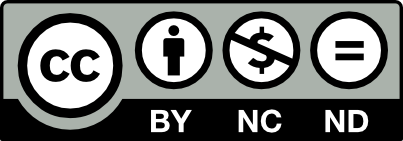Original Article
Jyoti Sitaula, Sanjeeb Rijal, Bishnu Dev Sharma, Tej Prakash Dawadi, Saugat KC, Suman Kumar Basel, Suman Lohani
Original Article
2024-01-05 07:21:50
Introduction: There are various surgeries described in the literature for acromioclavicular (AC) joint dislocation. These surgeries have their own advantage and disadvantages. We routinely practice the double endobutton technique for acute AC joint dislocation for Rockwood type III-VI injuries. The aim of this study was to evaluate the functional outcome using the University of California, Los Angeles (UCLA) Shoulder Rating Scale and also assess the biomechanical stability coracoclavicular distance (CC) distance radiographically.
Methods: This was a prospective observational study done in twenty-five patients selected by convenience sampling method. The double endobutton was made using two 4.5 mm endobutton and fiber wire. The clavicular tunnel and coracoid tunnel were made, the endobutton was flipped underneath the coracoid, and the construct was tightened and secured.
Results: The functional outcome was measured using the University of California and Laos Angle Shoulder rating scale (UCLA), which showed an average score of 30.24. The score was excellent in 80%and fair in 20% of the cases. The radiological outcome was measured using CC distance, and a comparison was made between uninjured and injured limbs, which was not statistically significant (p=0.57). The immediate postop CC distance was compared in one year, which also did not show any statistical significance difference (p=0.074).
Conclusion: AC joint repair using double endobutton had excellent functional outcomes and radiological outcomes.
Keywords: Acromioclavicular Joint; Coracoclavicular Distance; Endobutton.





